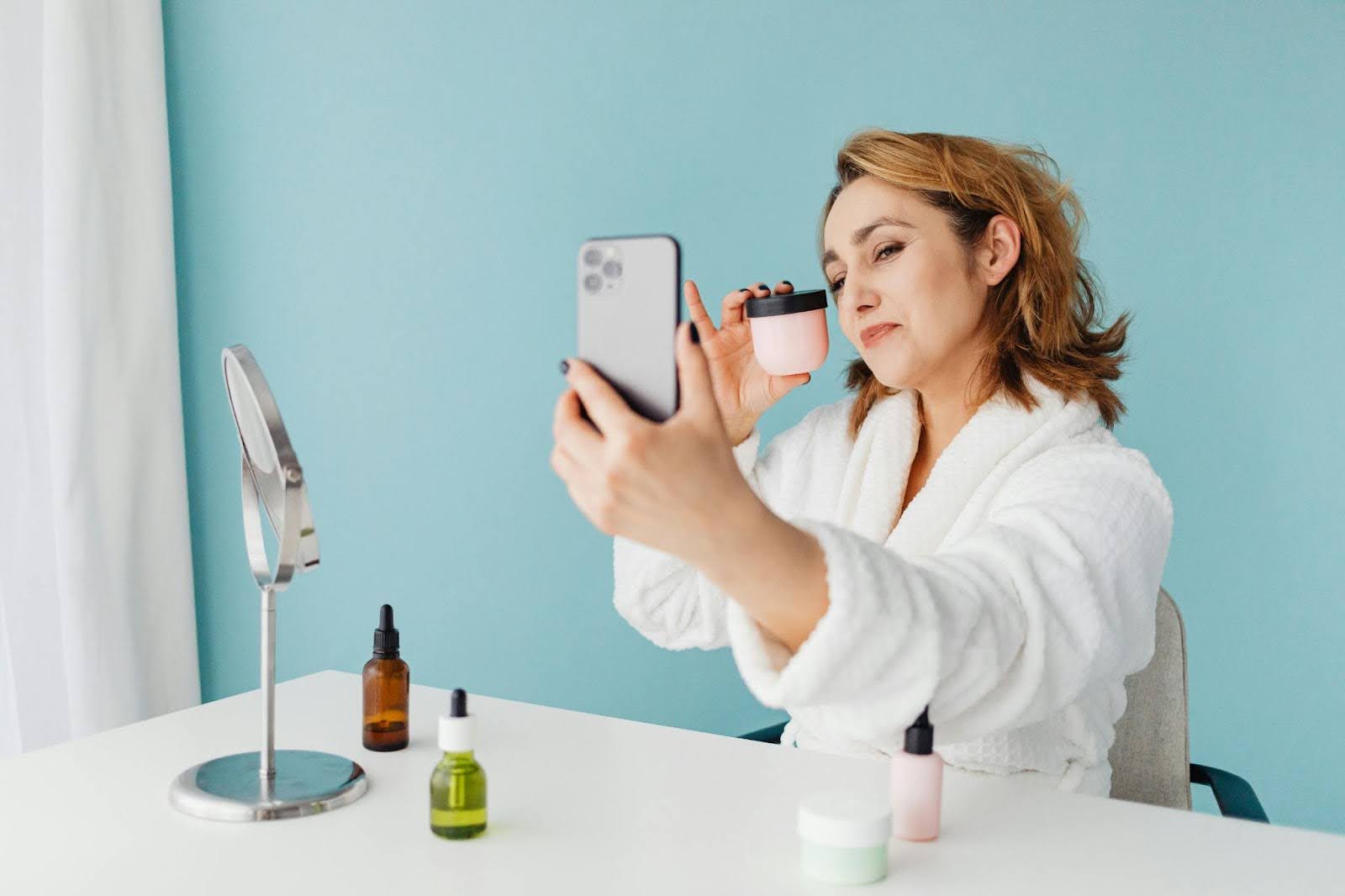UGC 101: Why Authentic UGC Outperforms Branded Content

Remember when polished, picture-perfect ads dominated the marketing landscape? Those days are behind us. Flash forward to 2025, and we are unapologetically experiencing the inevitable growth of user-generated content (UGC) — those candid photos, videos, and word-of-mouth affirmations produced by authentic customers, not brands.
An astounding 85% of consumers trust UGC more than branded content, and 7 out of 10 say it directly influences their buying decisions. But what is behind this seismic change in digital advertising? The answer stems from the perfect storm of consumer skepticism, digital fatigue, and our collective longing for authentic human connection.
The Engagement Gap: UGC vs Traditional Content
The difference between UGC & traditional branded content is not just noticeable; it is transformational. User-generated posts have 6.9x higher engagement than brand-owned posts — if that doesn’t make every UGC marketing director straighten their back, there’s no telling what will! The algorithm gods smile favorably at real people sharing real experiences with potential customers: An online advertising strategy that’s hard to beat.
This is not some superficial engagement, either. It directly converts into consumer behavior, with marketers agreeing that consumers rely on content created by their peers instead of branded messaging.
In a time when attention is the currency used to thrive and grow in business, user-generated content is quickly becoming the gold standard for capturing and converting that interest.

Why Your Customers Make Better Salespeople Than You
The reason why UGC works is deceptively simple: we believe people like us. When prospective customers witness a (seemingly) like-minded person using a product for real in their real life (imperfections and all), it strikes a much more intimate chord than any shiny marketing could hope for.
As marketing maven Seth Godin famously wrote: “Marketing is no longer about the stuff you make, but about?the stories you tell.” Who?better to tell those stories than the customers themselves? In fact, authentic voices cut through the noise more effectively than ever; with the decline of traditional influencers — consumers don’t even trust them anymore.
More Bang for Your Marketing Buck
For brands who are watching their bottom line (and who isn’t?), UGC makes for an attractive financial proposition. That is why traditional content creation is expensive, lengthy, or needs specialized skills and equipment. In contrast, user-generated content can be obtained at a fraction of the cost, providing significantly higher engagement and conversion rates.
The cost-effectiveness extends beyond savings in production. UGC campaigns tend to be?faster to set up, can be measured effectively with obvious KPIs, and often require very little expertise to be successful. The result? Telling authentic stories without spending precious budget resources on other initiatives.
Brand Transformation Through Customer Voices: Success Stories That Inspire
Nike’s Community-Powered Resilience
Using very little budget, Nike’s #YouCantStopUs went from being a brand message to a movement where TikTok users were encouraged to share their workout journeys and sports achievements. The campaign achieved millions of views on the back of real user-generated content that sliced their message of strength and continued diving into places traditional and internet advertising could never reach.
Cava Menu Innovation Inspired By Creative Customers
The fast-casual restaurant chain Cava elevated UGC from marketing to product development by encouraging customers to share their custom bowl combinations on TikTok. The three best ideas snagged spots as limited-time menu offerings, which generated SO much buzz and gave customers an actual stake in shaping the brand’s evolution – a masterclass in turning engagement into real-world business innovation.
The 2025 UGC Landscape Beyond Basic Social Sharing
Today’s UGC ecosystem is so much more than a couple of honest reviews and product pics. Short-form video content dominates creatives on TikTok and Instagram Reels, where the storytelling of customer experiences gets 30X more engagement than the polished brand narrative.
Augmented reality (AR) filters and virtual experiences have been game-changers in bringing people together through interactive content. However, the meta-excitement surrounds the tech’s integration into the metaverse, empowering users to generate content in virtual environments that dismantle physical barriers and create new horizons for brands to engage.Behind the scenes, AI-driven curation helps brands find and optimize top-performing UGC in real-time, ensuring content works harder and reaches the right audience—something traditional strategies can’t match.

How GeistM Transforms UGC Strategy by Amplifying Authentic Voices
Bridging?the editorial chasm of UGC requires skill, technology, and strategic insight, which is just what GeistM provides. With us, you’re not merely gathering customer content; you’re molding that content into an impactful, unified marketing machine that actually brings results.
Our in-house creative team knows how to generate high-performing UGC that aligns with your brand, engages the right target audience, and is optimized for maximum reach and impact.
GeistM bridges the gap between authentic customer voices?and strategic campaign execution, turning your consumers’ excitement into conversions.
UGC Is No Longer Optional
The move toward UGC is not just a temporary trend?– it reflects a fundamental reorientation of consumer expectations in the digital age. As facts and figures fail to influence effectively, authentic customer voices have become the most compelling element of modern marketing.
The question isn’t if your brand should use UGC, but how quickly and effectively you can make it the centerpiece of your digital strategy. The?future of advertising isn’t perfect polish — it’s ideal authenticity. And?your customers are primed to do it.
Are you excited to use real UGC?to your advantage? GeistM can elevate your performance marketing approach using the proven power of authentic customer voices. Contact us today!



